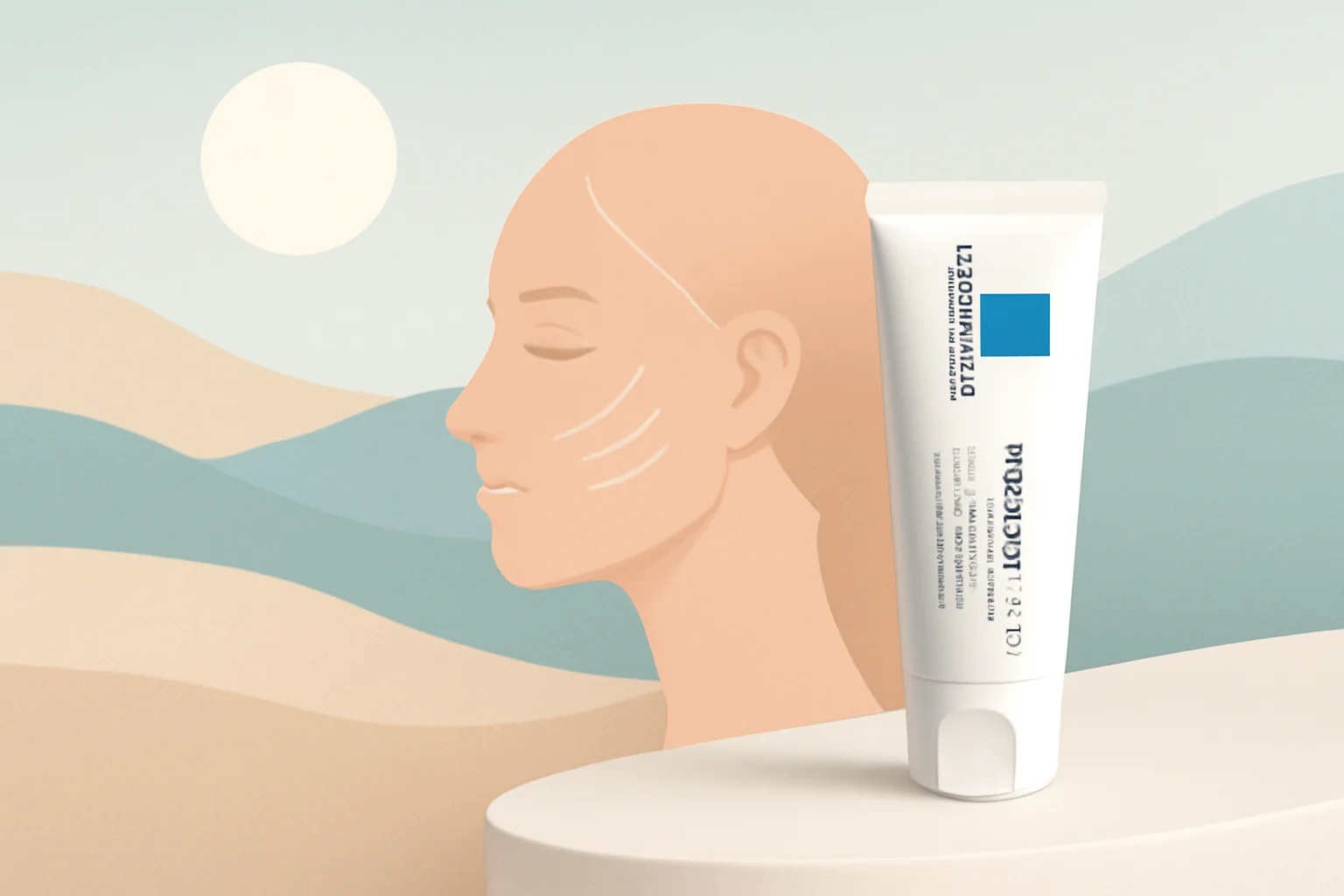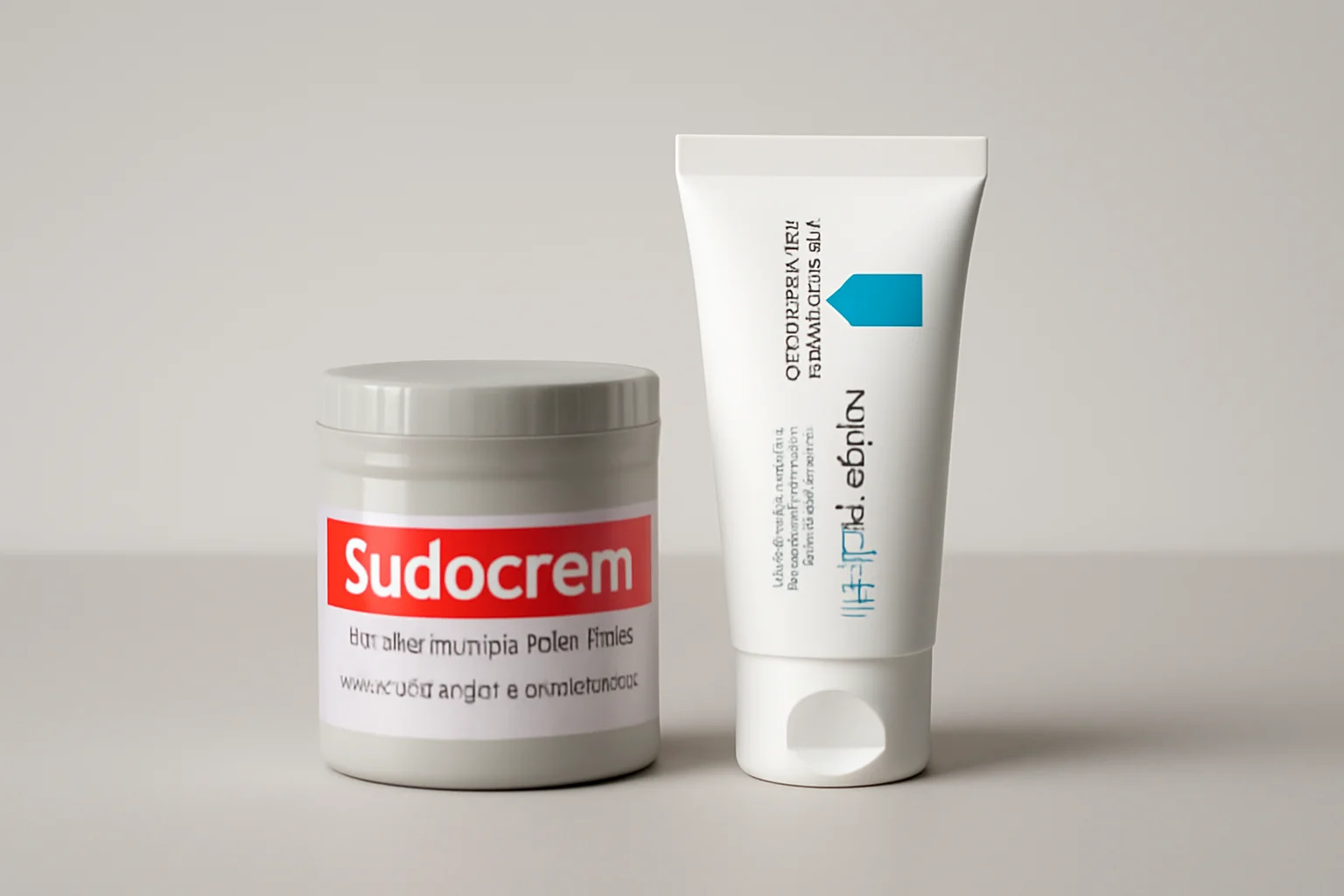
Cicaplast: The Best Wound Healing Cream for Skin Protection and Regeneration
The protection and care of our skin are of utmost importance, as it is our largest organ with numerous functions. The condition of the skin reveals a lot about our overall health, which is why the treatment of skin problems, wounds, and irritations receives significant attention. Various skincare products, such as cicaplast and wound healing creams, are widely available on the market, but many people do not know which is the most suitable for them. These products contain different active ingredients that can aid in the regeneration, protection, and hydration of the skin.
Skin Regeneration
Skin regeneration is important not only from an aesthetic perspective but also from a functional one, as damaged skin can often cause pain and discomfort. Therefore, choosing the right product is not just about beauty, but also about skin health. In this article, we will take a closer look at the differences between cicaplast and wound healing creams, their active ingredients, and their areas of application to help you make the best decision.
Cicaplast: What is it and how does it work?
Cicaplast is a specialized skincare product developed for the regeneration and protection of the skin. Such products are typically rich in ingredients that support the skin’s healing processes. Cicaplast products usually contain active ingredients such as panthenol, glycerin, and various minerals that help to hydrate and protect the skin.
Cicaplast creams can be particularly useful for various skin problems, such as irritations, burns, or minor wounds. These products not only promote skin regeneration but also form a protective layer that prevents external irritants from entering the skin.
It is important to note that cicaplast creams generally absorb easily, leaving no greasy residue on the skin. This makes them an ideal choice for everyday use, even under makeup. To promote rapid skin regeneration, it is advisable to use these products regularly, especially in cases of skin irritation.
Cicaplast creams are available in various formulations, allowing users to easily find the one that best suits their needs. Additionally, many praise these products for their skin-soothing effects, which can be important in stressful daily life.
Wound Healing Creams: Effectiveness and Application
Wound healing creams are formulations specifically designed to promote faster healing of wounds. These creams typically contain anti-inflammatory, antiseptic, and regenerative active ingredients that aid the skin’s natural healing processes. The application of wound healing creams can be particularly important if the skin is damaged and there is a risk of infection.
Most wound healing creams may contain ingredients such as aloe vera, tea tree oil, or zinc oxide, all of which contribute to accelerating wound healing. For example, aloe vera is known for its anti-inflammatory and moisturizing properties, while tea tree oil can help prevent infections due to its antibacterial properties.
The method of applying wound healing creams is generally straightforward: the cream should be applied to the cleaned wound and gently rubbed in. It is essential to apply the wound healing cream regularly to ensure that the skin continuously receives the necessary nutrients for healing.
These products are effective not only for fresh wounds but also for the aftercare of older, already healed wounds, as they can help reduce the extent of scarring and improve the appearance of the skin.
Which is the right choice: cicaplast or wound healing cream?
The choice between cicaplast and wound healing creams is not always clear-cut, as both products have their own advantages and areas of application. The decision usually depends on the type and severity of the skin problems.
If the skin is irritated or dealing with minor injuries, cicaplast creams can be an ideal choice. These products not only promote skin regeneration but also create a protective layer that prevents further irritation. Moreover, cicaplast creams generally absorb easily and do not leave a greasy residue, making them suitable for use in any environment.
On the other hand, wound healing creams are specifically developed for healing wounds, so if the skin is damaged or there are larger wounds to address, these products may be the best choice. Wound healing creams often contain antibacterial ingredients that can help prevent infections.
It is important to pay attention to your skin’s reactions in every case, and if necessary, consult a professional for the appropriate product selection.
To maintain skin health, it is always worth providing the best care and selecting the right products, as this can be crucial for successful regeneration.
Note: This article does not constitute medical advice. In case of health problems, please always consult your physician.

